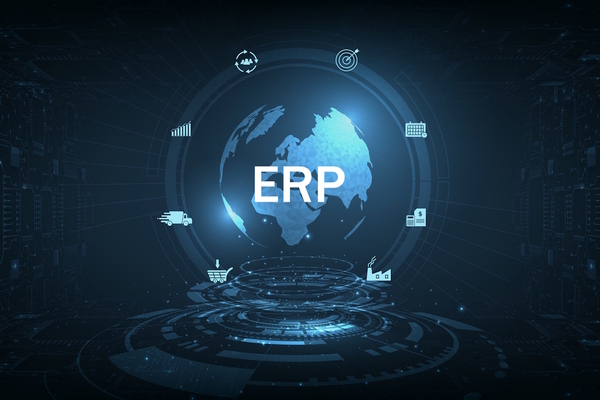Artificial intelligence: buy vs build

Kasia Borowska at Brainpool AI considers how to crack the AI code for success
Since the launch of ChatGPT back in 2022 when AI became “mainstream”, companies around the world have been rushing to capitalise on the AI hype. In an effort to implement AI as quickly and with as little upfront investment as possible, almost half of businesses have leveraged off-the-shelf solutions.
These are pre-built solutions which prevent businesses from having to build their own solutions.. However, one thing that these businesses did not consider is that they are trading long-term, sustainable AI for short-term, convenient cookie cutter solutions.
So - should you buy or build? This is a question that many businesses are struggling to answer when looking to implement AI, hence why many businesses opt for off-the-shelf solutions. However, building AI solutions around your business needs is the right long-term solution for businesses.
But what are the advantages of building your own AI models vs leveraging off-the-shelf solutions?
Understanding off-the-shelf solutions
Focussing on the LLM space, the standard models are fantastic at parametric knowledge. By that we mean the parameters they were trained on in the context they were trained on. This means that lightweight usage on general queries yields great results.
However, once specific context is needed, and using enterprise data at scale, the models quickly fall down. Accuracy is then an issue and accuracy is a non negotiable in the business world.
Furthermore, one key disadvantage of leveraging single vendor off-the-shelf solutions is vendor lock-in which is when a business is reliant on a single vendor’s technology. When businesses decide to leverage off-the-shelf solutions, they are forced to input all of their data into that vendor’s infrastructure.
This can be a complex process and it ultimately limits an organisation’s flexibility as they will be subject to any changes in commercial models and changes in strategic direction that the vendor decides upon. It is also extremely difficult to switch providers once you are locked into a single vendor’s framework due to migration and compatibility challenges.
Off-the-shelf solutions are made to appeal to as many businesses as possible. This means that businesses might end up paying for functionalities they will never use. As these solutions were made to have as wide of an appeal as possible, they will not take a business’ unique needs or use cases into account - meaning the solutions will not be as effective as they could be.
Additionally, taking such an approach also puts businesses at an increased risk of data and copyright breaches because these solutions offer limited control over data security and do not allow businesses to customise their models to ensure compliance.
Building your own AI solutions
Instead of going down the “buy” route, businesses should look to build their own AI infrastructure and take an agnostic approach to AI implementation.
Agnostic AI is an approach which means businesses are not tied to a single vendor or framework and allows them to utilise different models to solve different business challenges. It yields lower compute requirements and provides businesses with a more accurate solution that can evolve alongside technological advancements.
In contrast to off-the-shelf solutions which were made to appeal to as many businesses as possible, Agnostic AI allows businesses to tap into the most effective LLM for each task. This allows businesses to improve the overall effectiveness of their AI solutions and cut costs by only using services they need rather than paying for tools they will never use.
Agnostic AI also allows businesses to remain agile and keep up with changing competitive landscapes and regulatory requirements. This is because it provides businesses with the flexibility to switch models to maintain their competitive edge and remain compliant by having enhanced control of their compliance and data to mitigate any unnecessary security risks.
In a race to harness AI’s full potential, businesses must resist the urge to run before they can walk and instead take the time to understand what they are trying to achieve with AI. Once businesses take the time to do this and fully understand what their requirements are and what results they are looking to achieve, the benefits of moulding AI around their unique use cases can be fully realised.
Although it can be a more time-consuming process that requires more upfront investment, it pays off in the long run by providing businesses with the flexibility they need to to scale AI and remain innovative.
Kasia Borowska is MD and Co-Founder of Brainpool AI
Main image courtesy of iStockPhoto.com and Bangon Pitipong

Business Reporter Team
You may also like
Most Viewed
Winston House, 3rd Floor, Units 306-309, 2-4 Dollis Park, London, N3 1HF
23-29 Hendon Lane, London, N3 1RT
020 8349 4363
© 2025, Lyonsdown Limited. Business Reporter® is a registered trademark of Lyonsdown Ltd. VAT registration number: 830519543





